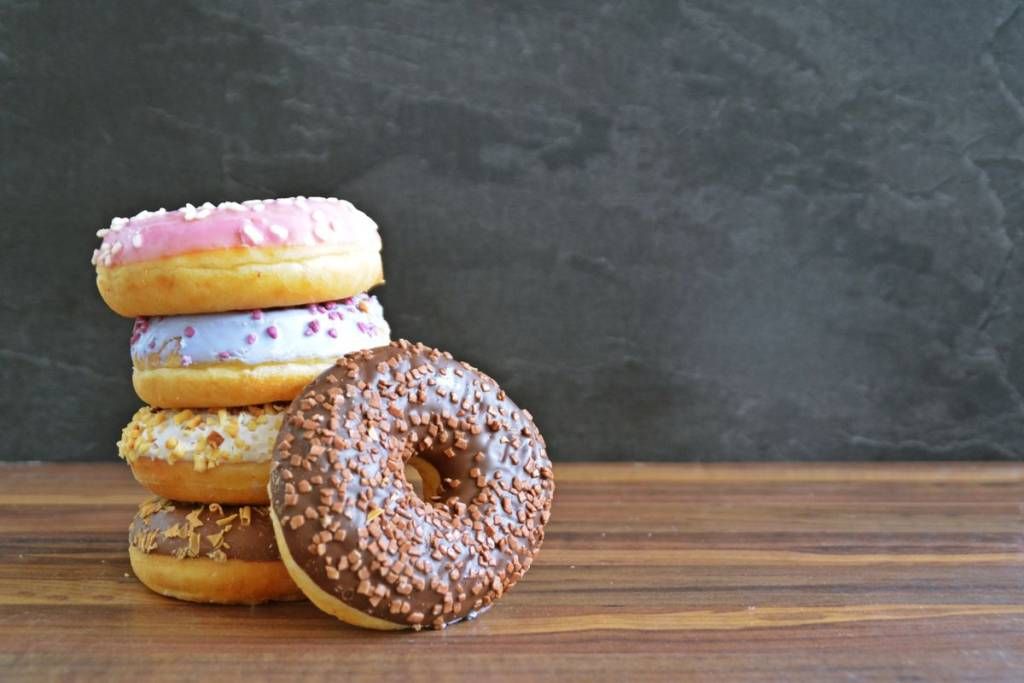
Wine and diet culture: transparency or another way to shrink our wallet?
It’s certainly no secret that the pandemic has skyrocketed the consumption of wine and alcoholic beverages in the United States and that more and more consumers are looking for information and buying suggestions online, but while I was analysing the most popular wine search data on the web, one particular news has caught my attention: the most searched question on google about wine is “how many calories does a glass of wine contain?”.
Little or no matter the grape variety, the method of production, the denomination of origin or the food pairing tips: Americans want to know how much wine can make them fat. I have wondered why and I have tried to understand how the culture we live in leads us to give so much value to that number on the nutritional tables, to the calculation of calories.
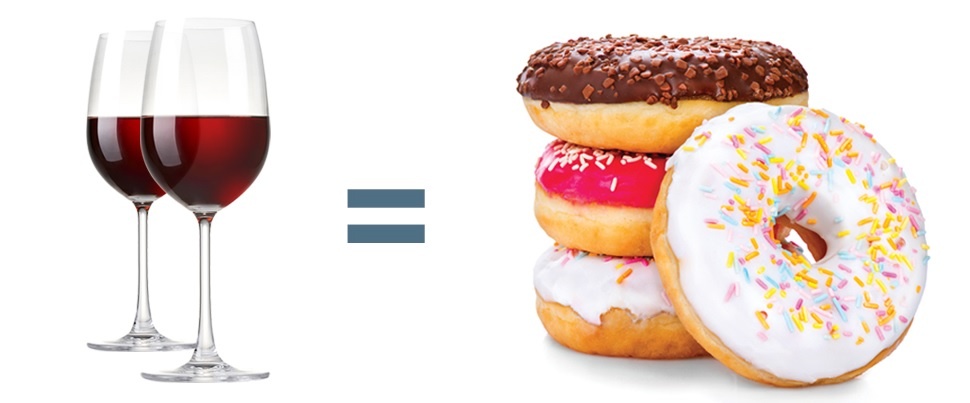
We are immersed in a culture of diet, as it is called, “diet culture”, which speaks mainly to the female universe: we grow up with the idea that thin is beautiful and fat is sloppy, wrong, ugly. We women, in order to keep up with our male colleagues, are asked to drink in every social occasion, from pre dinner cocktails to after dinner shots, but at the same time we have to be slim, with a flat belly and in perfect shape. On the one hand, the alcohol industry storms us with messages that are not even too subliminal, especially if mothers or career women, we are told that we deserve our extra glass of wine to ease the tensions of the day, we are sold our Chardonnay as the cure against stress, with all the dangerous implications of the case and an incitement not even too veiled to alcoholism. The champagne is painted to us as the glamorous elixir par excellence, you’re nobody if you don’t overdo with bubbles, the rose’ wine has become the king of hashtags and there’s no self-respecting Instagram bulletin board where the pale salmon tones of the trendy wine don’t appear next to flowery centrepieces or poolside. Everything therefore suggests that to be socially accepted and considered “cool” wine is an indispensable ally. But on the other hand the very rich wellness industry lives on our unquenchable sense of guilt, on remorse for having drunk one more glass and ingested those extra liquid calories that we have to compensate by cutting the carbohydrates or running like crazy on the treadmill at 5 am.
This vicious circle starts a whole series of unscrupulous marketing strategies that leverage this perennial sense of inadequacy: from low calories wines to specific diets for women who love wine, from post-drunk supplements to alcohol-free chardonnay, with the result that the only thing that shrinks is certainly not the waistline, but the wallet.
NEW RULES FOR WINE LABELS. IS IT REALLY FOR TRANSPARENCY?
In the wake of these trends, TTB, U.S. Tax and Trade Bureaux, has recently released new regulations for wine labelling: in essence, from last July, wineries are allowed to include, at their discretion, nutritional information on the back label, including the list of ingredients. What is disguised as a move to protect the health of consumers is actually the authorization to declare the caloric content without any obligation of transparency. In fact, the law specifies that alcohol producers are not obliged to obtain laboratory analysis to scientifically demonstrate the content and nutritional values of their drink, but they can use the standard tables referring to their sector and also decide what to declare and what not. Translated? No one is interested in knowing how many chemical additives are in their wine, but many will be happy to write the calories (with a 20% error tolerance) to have the opportunity to sell their products as low-calorie or low sugar, using the language of diet culture. And advertising agencies are of course thankful.
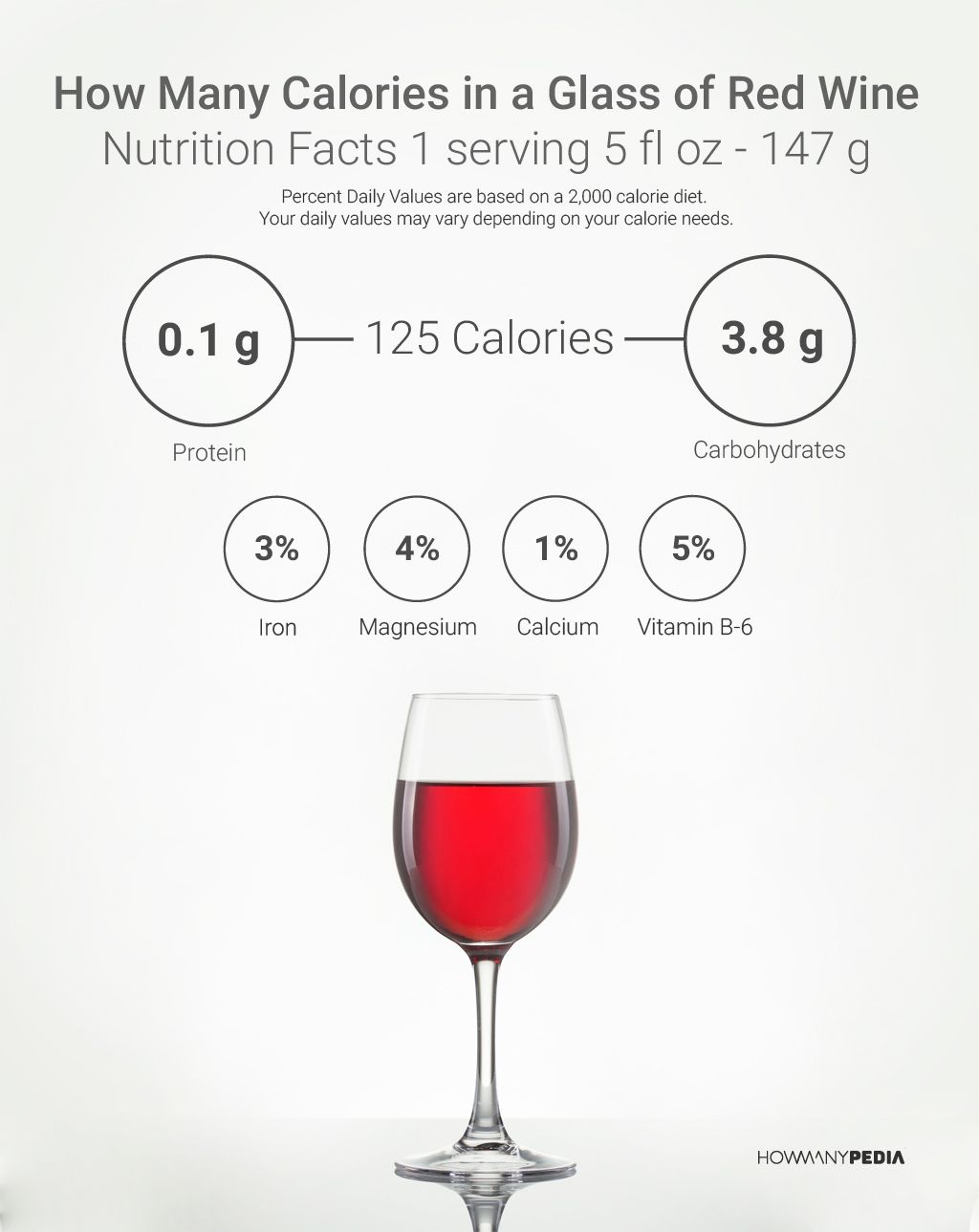
LOW CALORIES WINES: A NEW MARKET
It will not be surprising to learn that wines advertised as “guilt free” or low calories are recording significant increases in sales. “I created Cupcake LightHearted after realizing there wasn’t a lower-calorie and lower-alcohol wine option on the market that was delicious and complemented my active lifestyle,” said Jessica Tomei, Winemaker for Cupcake Vineyards, in a statement. “I’m an avid runner, and some days I want something that’s lower in calories and alcohol but doesn’t sacrifice flavor”. Cupcake is just the last major winery in chronological order to launch a line of low calorie wines, promising 80 calories per glass compared to the average 120 calories per glass of traditional wines, easily achieved with a low alcohol content (8%) and no residual sugar. Sold at $10 a bottle, guess what it’s called? Lighthearted, no comments needed.

Other giants of the U.S. and international wine industry have invested in low calorie wines in recent years: Gallo, Concha y Toro, NZ New Zeland wines, to name a few. But that’s not all: in recent times also companies have been born totally dedicated to the production and marketing of these “fit” wines, including FITvine on which I expressed my opinion in this article that I was also ordered to remove from my blog. And I of course didn’t, since freedom of speech it’s still in the Constitution, last time I checked.
THE DRINKING WOMEN DIET
As I explained at the beginning of the article, the category most hammered by the dialectic of diet culture is women, who have been taught since childhood to feel guilty for every physical defect and for every gram of sugar and fat that ends up in their body. If, like me and many other women, you do not bend to the fashion of fit wines and want to enjoy your Montrachet in peace, the wellness industry has not forgotten you. Here comes a new diet every month, including one specifically designed for women who love wine, called the French women diet, appealing to the idea that French women spend their days eating butter, cheese and drinking champagne without putting on a pound. A brilliant American colleague, Wendy Narby has thought well of renaming the diet “The drinking woman’s diet” and writing a book that promises to reveal “how French Women do it”. Although the author is moved by the noble cause of promoting a healthier culture of alcohol consumption, the book is a continuous instigation to eating disorders by recommending deprivation mechanisms to compensate for the calories ingested with wine. Even the cover is eloquent: a bottle of wine squeezed from a ribbon to measure and shrink the waistline.
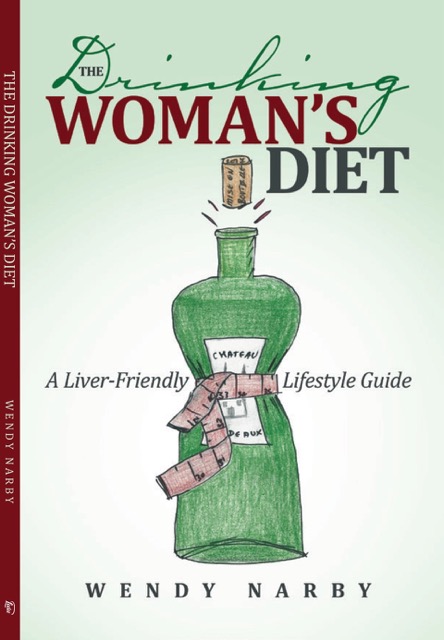
I don’t hide a certain bitterness and frustration: why is there no such thing as a “drinking men diet”? Maybe because we women carry on our shoulders this burden of thinness that spoils even one of life’s most beautiful pleasures, namely sharing good wine and good food with our loved ones or simply for ourselves? There would be much to say, maybe in another article…
THE SOBER / DRY MOVEMENT: AVOID ALCOHOL ALTOGETHER
So what to do? Low calorie wines are insulting, the diet of French women makes us all anorexic, what if we stop drinking altogether? Another trend that is taking hold is the “sober curious” movement. I read Ruby Warrington’s book, Sober Curious about how her life has completely changed since she said no to alcohol, even though she swears, she didn’t have a drinking problem, but as a choice of health and lifestyle. There would be a great debate to open on what is the thin line that divides a conscious and healthy consumption of wine from a problem of addiction. In the United States this line is very thin and according to the most recent official data of the Niaaa, National Institute of Alcol abuse and Alcolism, there are more than 15 million alcoholics and more than 65 million “binge drinkers”, aka those who exaggerate with alcohol on a regular basis, although not every day. It is undeniably a problem that also spreads in the wine industry of which I am part. In the last seven years of work as a wine professional I have witnessed many scenes of alcohol abuse among colleagues, embarrassing situations that in some cases even led to moments of violence. There is a lot to be said about this too, starting with the reason why the vast majority of American consumers unfortunately understand wine as a way to get high and not as a moment of pleasure for the palate. Material for another article and surely food for thoughts.
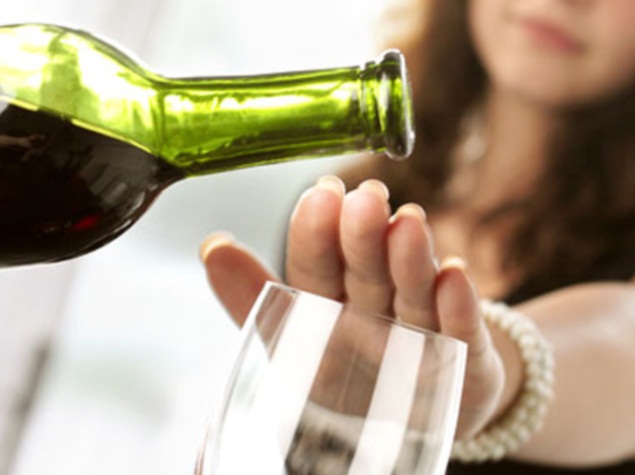
THE SUBSTITUTE: PILLS AND DRUGS, ARE FREE CALORIES
A direct consequence of young consumers’ increased awareness of the calorie content of wine and alcohol can provoke a dangerous shift towards substances that remove inhibitory brakes without increasing the pounds on the scale. A recent study by the University of Michigan revealed that in just two years, the percentage of college kids who choose not to consume alcohol has grown by nearly 10 percent, but also the percentage of those who consume soft drugs or antidepressant pills has grown steadily. Getting high without increasing your calories intake sounds charming, especially for young women.


